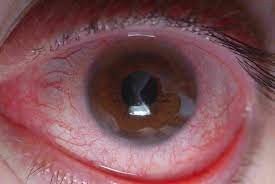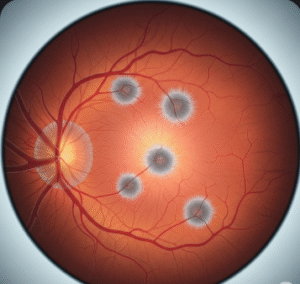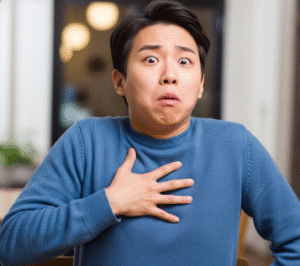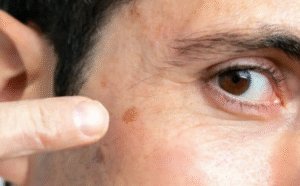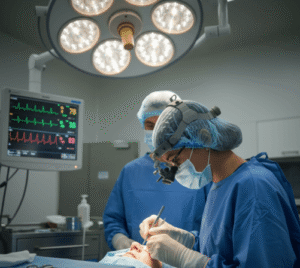Overview
Eye injuries caused by foreign objects or chemical exposure are common emergencies that can threaten vision if not treated promptly. These injuries range from minor irritations to serious damage of the cornea, conjunctiva, or internal structures of the eye. South Korea provides advanced ophthalmology care with immediate interventions, specialized treatments, and preventive guidance to minimize complications.
What Are Eye Injuries from Objects or Chemicals?
Eye injuries occur when foreign materials—such as dust, metal fragments, wood, or chemical substances—come into contact with the eye. They can damage the surface, cornea, lens, or internal structures. Chemical injuries are particularly urgent, as acids or alkalis can cause rapid tissue damage. Prompt medical attention is essential to prevent vision loss.
Symptoms
- Pain or discomfort in the eye
- Redness or swelling of the eyelid and conjunctiva
- Tearing or watery eyes
- Blurred vision or sudden vision changes
- Foreign body sensation (feeling something in the eye)
- Sensitivity to light (photophobia)
- In chemical injuries: burning sensation, severe pain, or loss of vision
Causes
- Accidental contact with small particles (metal shavings, sand, wood chips)
- Chemical splashes in industrial, laboratory, or household settings
- Sports-related or recreational injuries
- Improper handling of cosmetics, cleaning agents, or pesticides
Risk Factors
- Occupations involving machinery, chemicals, or construction work
- Children playing with small objects or chemicals
- Lack of protective eyewear
- High-risk activities such as welding, gardening, or laboratory work
Complications
- Corneal abrasions or ulcers
- Permanent vision impairment or blindness if untreated
- Infection (bacterial, viral, or fungal)
- Scarring or formation of corneal opacities
- Chronic dry eye or sensitivity
Prevention
- Always wear protective goggles during work or sports
- Store chemicals safely and follow safety instructions
- Educate children about avoiding eye contact with small objects or chemicals
- Rinse eyes immediately if contact with chemicals occurs
- Regular eye check-ups for individuals exposed to high-risk environments
Treatment Options in Korea
South Korea offers advanced ophthalmology services for eye injuries, combining immediate care, surgical interventions, and rehabilitation:
- Diagnosis
- Comprehensive eye examination by an ophthalmologist
- Slit-lamp examination to evaluate corneal and anterior segment injuries
- Imaging (CT or MRI) if foreign objects penetrate deeper structures
- Immediate Care
- Irrigation of the eye for chemical exposure to remove harmful substances
- Removal of superficial foreign bodies using specialized instruments
- Pain management and anti-inflammatory medications
- Medication
- Antibiotic eye drops to prevent infection
- Steroid drops for inflammation (under strict supervision)
- Artificial tears for comfort and lubrication
- Surgical Intervention
- Corneal repair or patching for deep abrasions
- Removal of deeply embedded foreign objects under anesthesia
- Corneal transplant in severe or scarring injuries
- Follow-Up Care
- Regular monitoring for infection, scarring, or vision changes
- Vision rehabilitation or corrective lenses if needed
- Patient education on eye safety to prevent recurrence

